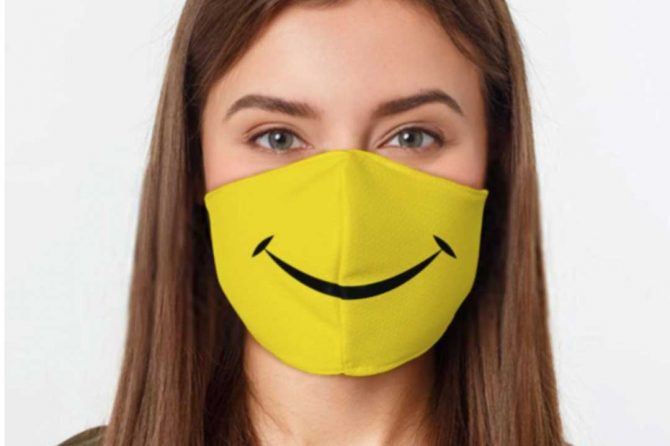
Unmasking Social Interactions
Face masks force us to rely on the eyes and foreheads for social cues.
Cicero once described the face as a picture of the mind and the eyes as its interpreter. In a world where many aspects of our everyday lives have been altered with limited human exposure and social distancing in place, the addition of face masks has significantly impacted our ability to create and maintain interpersonal interactions (Carbon 2020).
Although this is unchartered territory in the majority of American culture, it is an opportunity for facial plastic surgeons and other cosmetic specialists to refine our treatment approaches for these still-exposed areas. More than ever, we are tasked with the somewhat conflicting goals of optimizing youthfulness and attractiveness and optimizing social interactions. Face masks are forcing us to deduce and convey as much information as possible through our eyes and foreheads, and the migration to more virtual interaction through platforms like Zoom and FaceTime has led to hyper-awareness of our personal appearances.
The area around the eyes has been shown to be particularly important for effective interactions. A slightly different degree of smile can lead to perceptions of warmth, trustworthiness, and attractiveness. When a mask is put on, we are only able to convey or interpret a partial inventory of information. We are now limited to using the area around the eyes, commonly called crow’s feet, to help determine if a smile is genuine or not.
However, this area has been one of the primary targets for wrinkle-reducing neurotoxin treatment like Botox. When assessing an individual who has had the crow’s feet regions cosmetically treated with Botox, people must rely on other cues like elevation of the lower eyelid and cheek in order to accurately interpret a smile (Botox and Emotional Expressivity). This becomes even more challenging in a world of altered perception because of masks.
Eyebrow position is another very relevant aspect of social interaction in the era of facial masking. Raising or lowering the eyebrows can lead to dramatic differences in the way an individual is perceived (Knoll et al. 2008). Raising the middle portion of the eyebrow indicates sadness, while raising the lateral portion signifies surprise. In contrast, lowering the middle portion of the brow causes an impression of anger or disgust. With these variations in brow position, there are associated wrinkle patterns that form on the forehead as well. The ability to read these subtleties of expression can again be compromised by the combination of neurotoxin treatment and partial facial covering.
As more interactions are migrating online, there is a trend for individuals to focus on their own facial appearance at an increasing rate (Cristel et al. 2020). Many people are finding that watching themselves in virtual social interactions has uncovered subtle imperfections in their facial appearance which were not previously recognized. Much in the way the emergence of Facebook and Instagram’s selfie-culture previously led to an increase in facial enhancement procedures, the current Zoom-culture may contribute to further focus on facial enhancement.
While many facial expressions are considered to be part of a universal language of nonverbal communication, we are currently relying heavily on the eyes and forehead to make sense of our social connections when in-person. At the same time, we are faced with looking at our self-camera generated images for hours at a time each day during virtual work and personal interactions. The dichotomous circumstances of both less in-person facial exposure and more virtual facial exposure will undoubtedly lead to changes in the ways in which we view our own likenesses and those of others. It remains to be seen how these two somewhat conflicting goals will be reconciled by plastic surgeons and society at large.
Leave a reply
